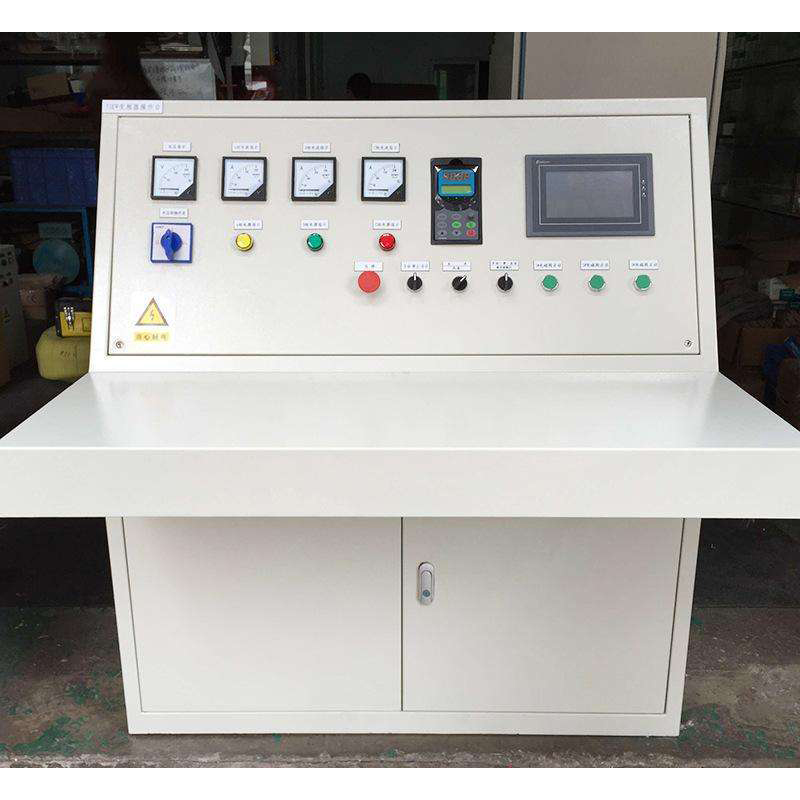
Dec . 13, 2024 14:36
Back to list
pressure reduction skid
Pressure Reduction Skids Essential Components for Process Safety and Efficiency
In various industrial sectors, the management of pressure is of paramount importance. This is particularly true in industries such as oil and gas, chemical manufacturing, and water treatment, where pressurized fluids must be regulated to ensure safe and efficient operations. One of the most effective ways to manage pressure in these settings is through the use of pressure reduction skids.
What is a Pressure Reduction Skid?
A pressure reduction skid is a modular, pre-assembled unit designed to reduce and manage the pressure of fluids, typically gases or liquids, before they are sent to downstream processes. These skids often consist of a combination of valves, regulators, filters, and instrumentation—all mounted on a skid for easy transport and installation. Their main function is to step down high-pressure fluids to a lower pressure that is safe for equipment and processes downstream.
Importance of Pressure Reduction Skids
1. Safety The primary purpose of pressure reduction skids is to enhance safety. High-pressure systems can pose significant risks, including the potential for rupture, leaks, or catastrophic failures, which can endanger lives and lead to significant environmental damage. By reducing pressure to safe levels, these skids play a crucial role in minimizing such risks.
2. Operational Efficiency Pressure reduction skids streamline operations by ensuring that pressure levels are optimal for downstream equipment. Many processes, such as those in refineries and petrochemical plants, require specific pressure conditions to function correctly. By maintaining these conditions, skids can help improve overall efficiency and productivity.
3. Reduced Wear and Tear Equipment operating under excessive pressure can experience accelerated wear, leading to frequent maintenance and replacement. By using a pressure reduction skid to ensure equipment operates within its designated pressure range, facilities can extend the lifespan of their machinery, reducing downtime and maintenance costs.
4. Environmental Compliance Many industries are subject to stringent regulations regarding emissions and waste. By efficiently managing pressure, pressure reduction skids can help ensure that operations remain within regulatory limits, thereby helping companies comply with environmental standards.
Design and Components of a Pressure Reduction Skid
pressure reduction skid

The typical design of a pressure reduction skid involves several key components
- Pressure Regulators These devices automatically adjust the flow of fluid and lower the pressure to desired levels. They are crucial for maintaining the stability of operations.
- Valves Control valves regulate flow and pressure, allowing for safe and reliable operation. Different types, including globe valves, ball valves, and check valves, may be used depending on the application.
- Filters Filtration is critical to remove impurities from the fluid, which can damage downstream equipment. Filters help ensure that only clean fluids are processed.
- Instrumentation Pressure gauges, flow meters, and control panels are integrated to provide operators with real-time data and the ability to monitor and adjust processes as necessary.
- Support Structure The entire assembly is mounted on a robust skid base, which simplifies installation, relocation, and maintenance.
Applications of Pressure Reduction Skids
Pressure reduction skids are widely used in various applications. In the oil and gas sector, they help manage the pressures encountered during the extraction and distribution of natural gas. In chemical processing, they are vital for maintaining the desired pressures in reactors, which is essential for safe and efficient chemical production. Water treatment plants use pressure reduction skids to regulate incoming water pressures to optimize filtration processes.
Conclusion
Pressure reduction skids are indispensable tools in various industries where pressure management is critical. Their ability to enhance safety, improve operational efficiency, and ensure regulatory compliance makes them a valuable investment for any facility that handles pressurized fluids. As industries continue to evolve and demand more sophisticated solutions, the evolution and integration of pressure reduction skids into industrial processes are likely to grow, ensuring processes remain safe and efficient in the face of increasing operational complexities.
Next:
Latest news
-
Safety Valve Spring-Loaded Design Overpressure ProtectionNewsJul.25,2025
-
Precision Voltage Regulator AC5 Accuracy Grade PerformanceNewsJul.25,2025
-
Natural Gas Pressure Regulating Skid Industrial Pipeline ApplicationsNewsJul.25,2025
-
Natural Gas Filter Stainless Steel Mesh Element DesignNewsJul.25,2025
-
Gas Pressure Regulator Valve Direct-Acting Spring-Loaded DesignNewsJul.25,2025
-
Decompression Equipment Multi-Stage Heat Exchange System DesignNewsJul.25,2025

